The Kaleidoscope of Colorful Crystals: Unveiling the Colors Within

Welcome to the enchanting world of crystals, where every hue tells a story, and the dance of light and elements creates a spectrum of beauty. Today, we delve into the science behind the vibrant colors of common crystals, unraveling the mysteries that give them their mesmerizing appeal.
The Science of Sight and Color To understand the colors of crystals, we must first comprehend how we perceive color. Color arises from the interaction of light, the material it encounters, and our vision. When light strikes a crystal, certain wavelengths are absorbed while others pass through or are reflected, resulting in the color we see.
A Symphony of Elements The palette of a crystal is often painted by the presence of transition metals within its structure. These metals, such as titanium, vanadium, chromium, manganese, iron, cobalt, nickel, and copper, have partially filled d-shells with unpaired electrons. When light of a specific wavelength energizes these electrons, they absorb the light’s energy, elevating to a higher state. As they return to their ground state, the energy is often released as heat, and the corresponding color is subtracted from the spectrum, leaving us with the crystal’s color.
The Theories Behind the Tints Several theories explain the causes of color in crystals:
-
Crystal Field Theory: This theory applies to compounds where the color is inherent or due to impurities.
-
Molecular Orbital Theory: Involves charge transfer processes, as seen in sapphires and iolite.
-
Band Theory: Differentiates between insulators and conductors, affecting their coloration.
-
Physical Properties Theory: Attributes like dispersion, scattering, and interference play roles in the colors of gemstones with unique optical phenomena.
A Rainbow of Possibilities The color of a crystal is not just a single event but a complex interplay of factors. With around 16 million color combinations possible, the diversity of crystal colors is nearly limitless.
Nature’s Artistry The arrangement of atoms, ions, and molecules within a crystal also influences its color. This internal structure dictates which wavelengths are absorbed and which are reflected, contributing to the crystal’s unique hue.
In Conclusion The colors of crystals are a testament to nature’s complexity and the intricate ways in which light interacts with matter. From the deep blues of lapis lazuli to the serene greens of jade, each crystal’s color is a fingerprint of its journey through time and the elements it has encountered.
As we continue to explore and appreciate the world of crystals, let us remember that each color is a chapter in the story of the Earth, written in the language of light and elements.
May your journey through the crystal kingdom be as vibrant and enlightening as the crystals themselves.





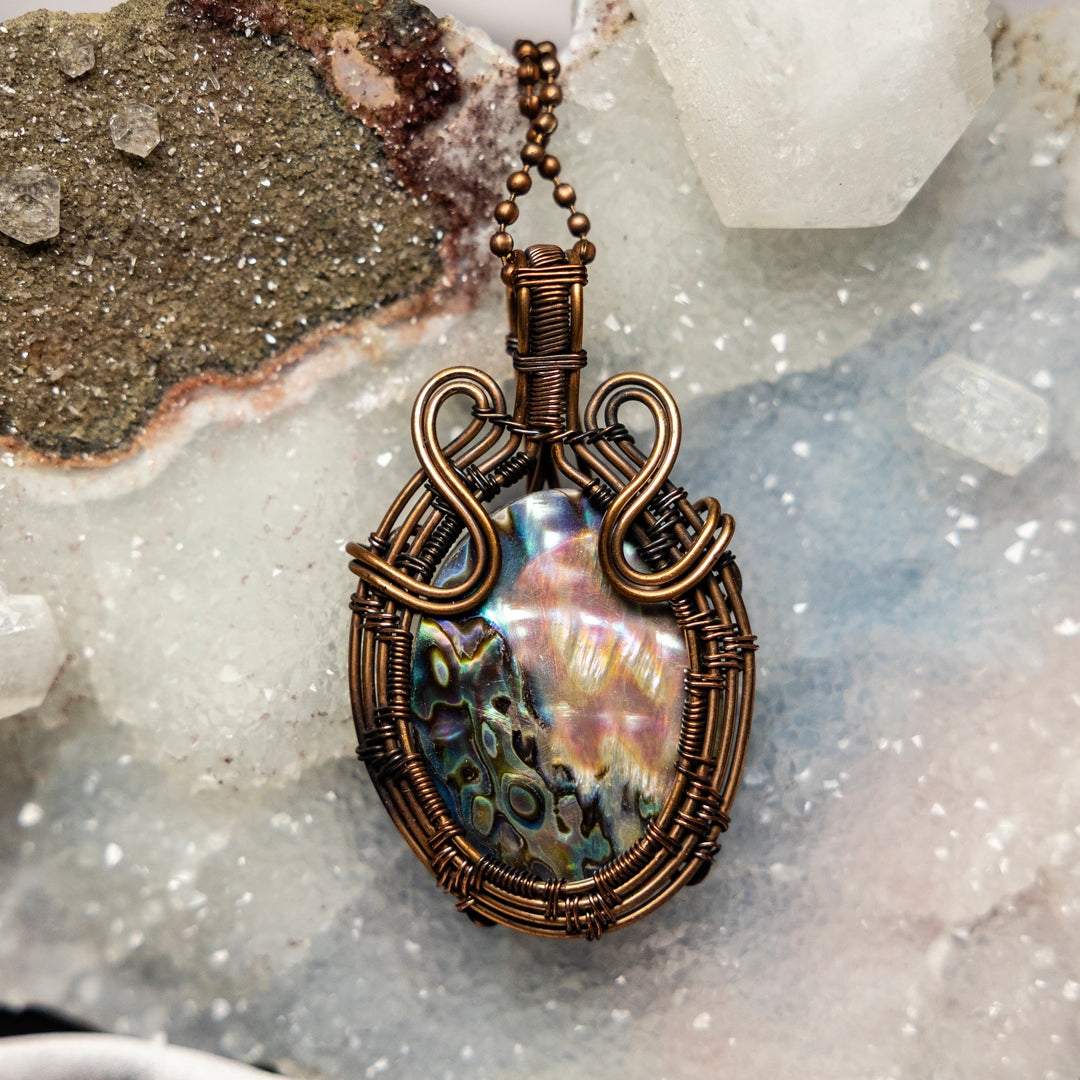
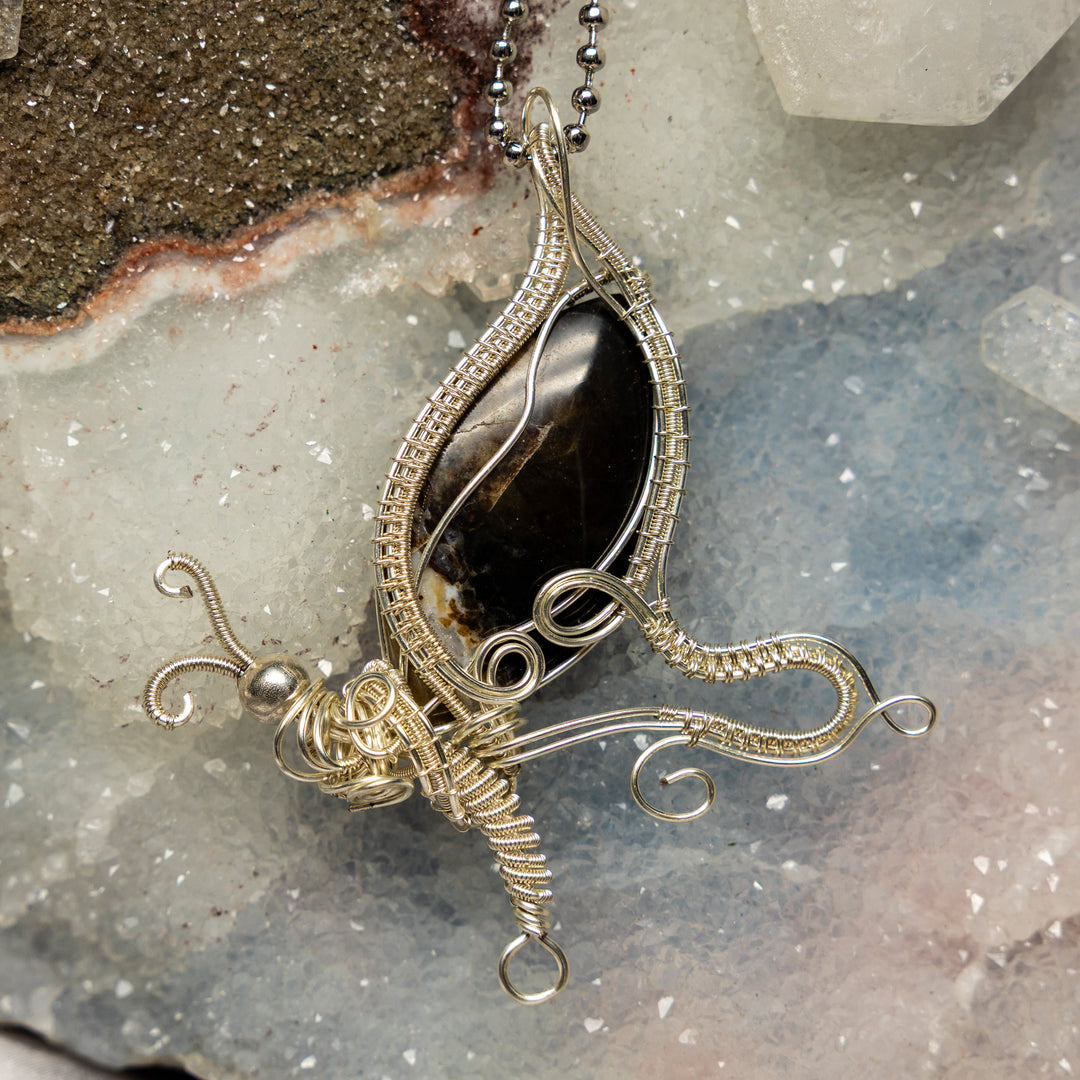
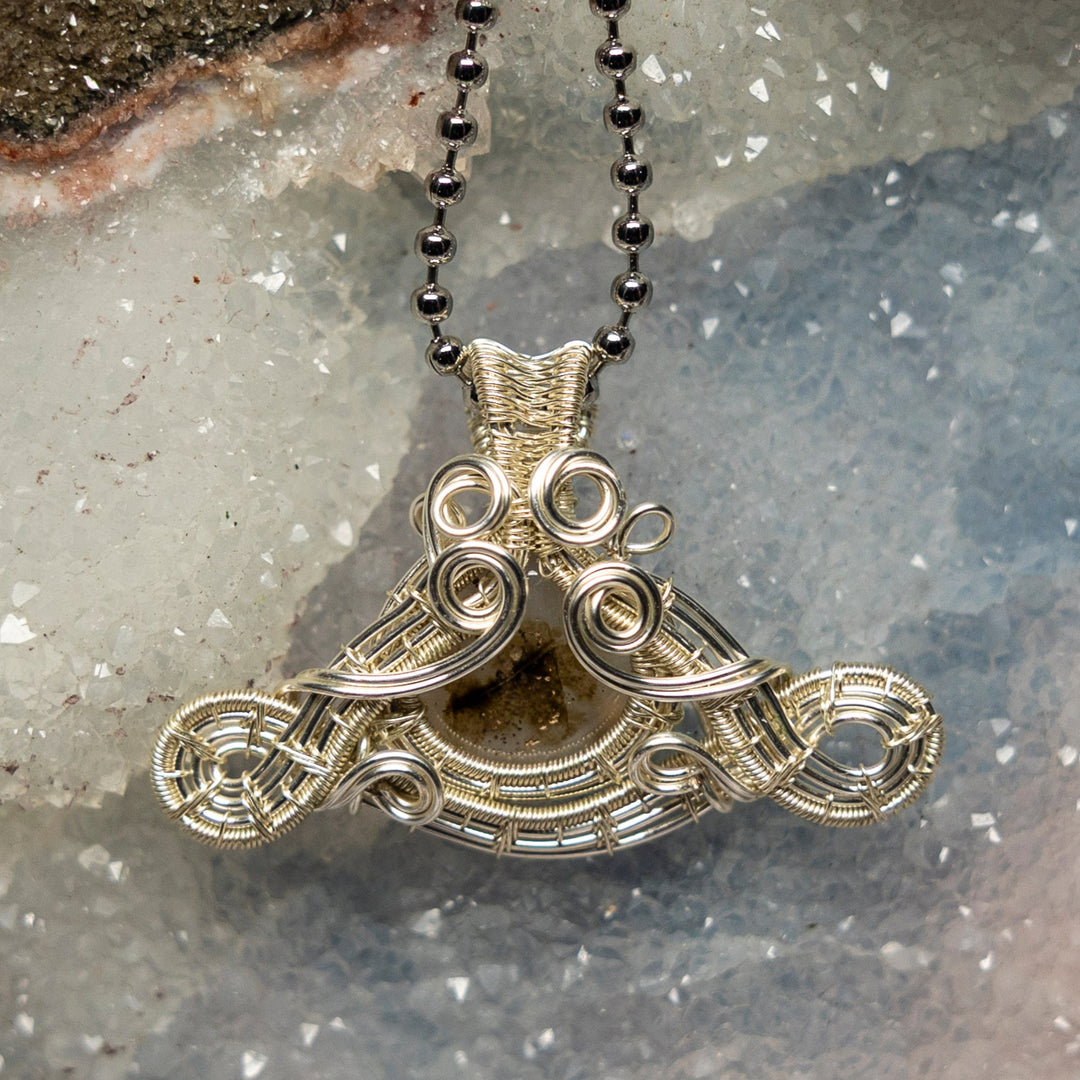
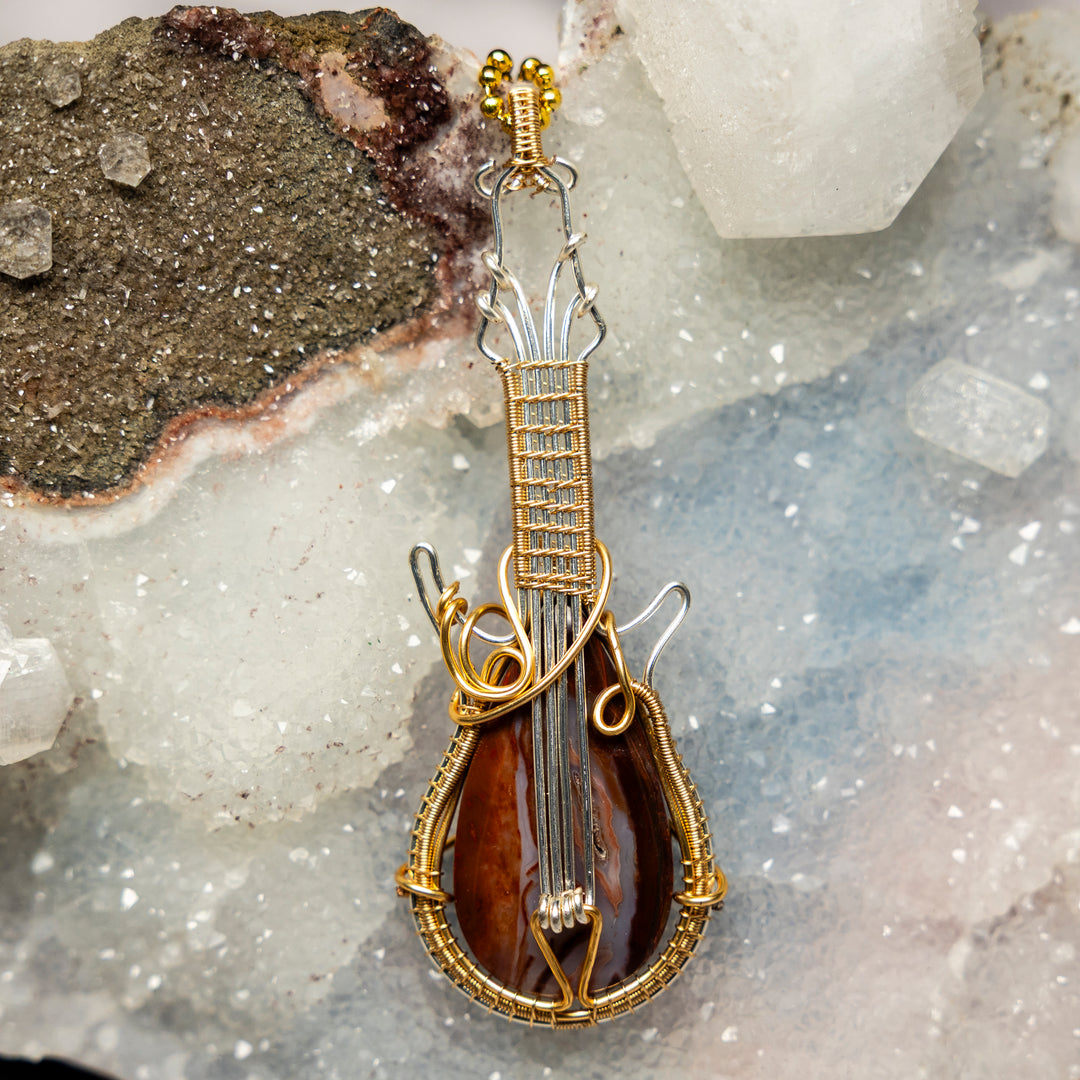
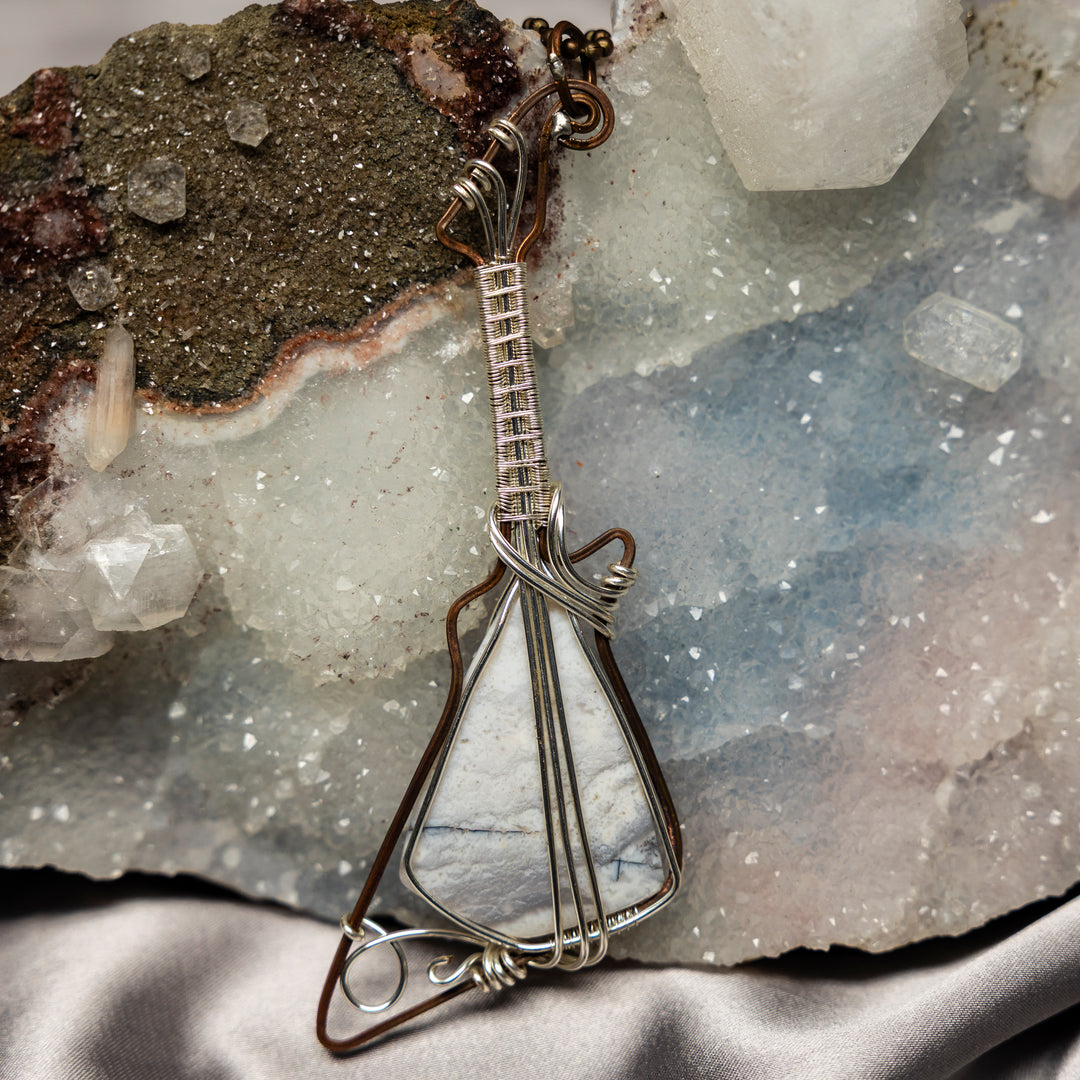
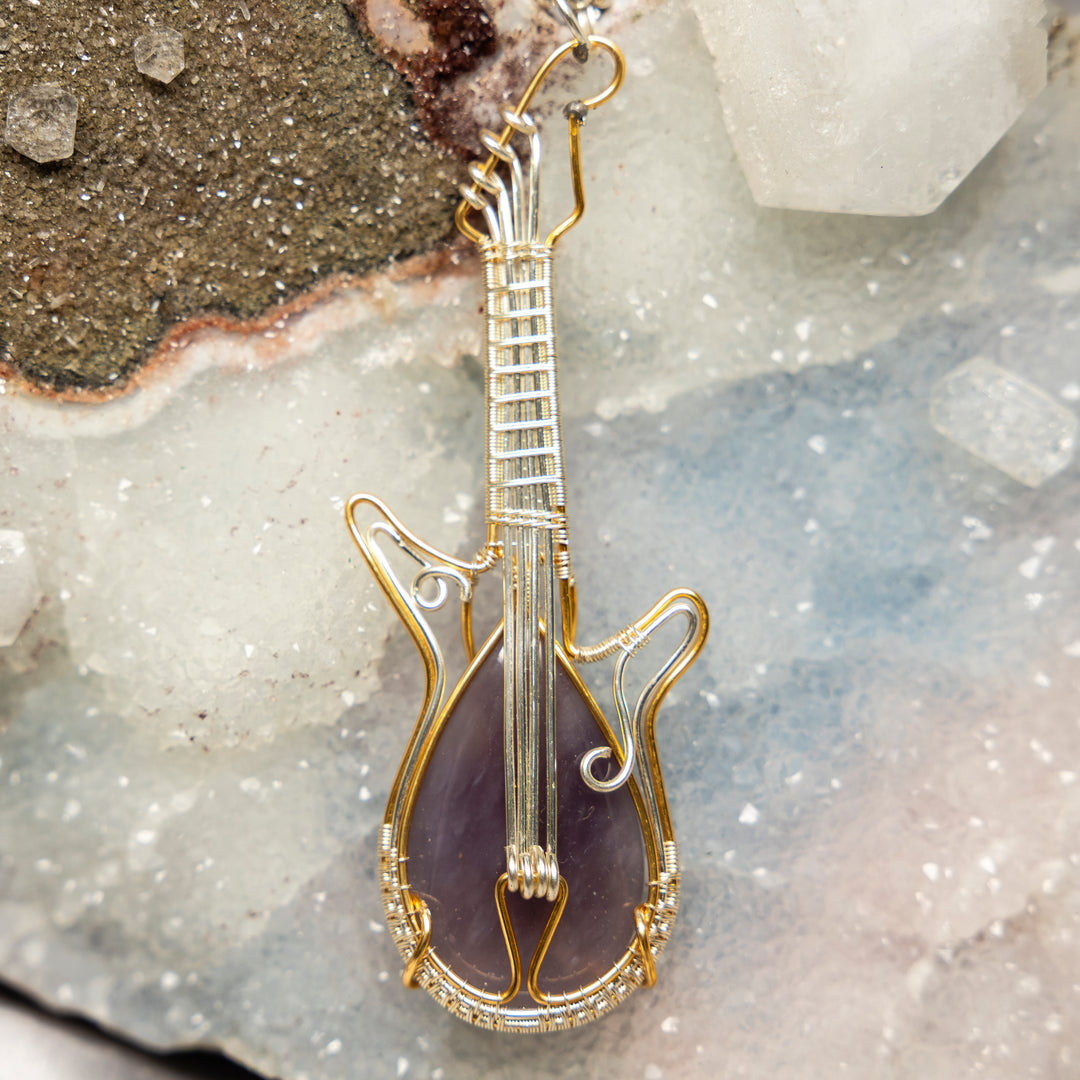







Leave a comment